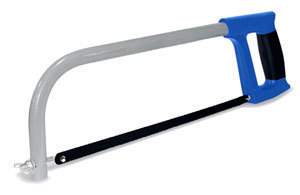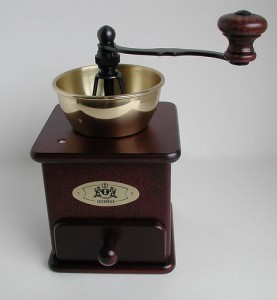Basketball Court Size
The basketball court sizes used in tournaments vary. The following guide will show some of the most common dimensions used in the US and in international competition.
Court Dimensions: NBA
The court length is 94 ft and the width is 50 ft. The rim height is 10 ft and the restricted area distance from the basket is 4 ft. The center circle diameter is 12 ft. The three point distance is 23.75 ft. At the sides it is 22 ft. The key (shaded lane) is 16 ft. The distance from the foul shot / free throw line from the backboard is 15 ft.
Court Dimensions: FIBA
The court is 91.86 ft long and 49.21 ft wide. The rim height is the same as in the NBA. The restricted area from the basket is 4.10 ft. The 3 point distance is 22.15 ft. The center circle diameter is 11.81 ft. The key size is 11.81 ft at the FT line. At the end line it is 19.69 ft. The free throw distance is 15.09 ft.
Basketball Court Size: WNBA
The rim height, court length and width are the same as in the NBA. The center circle diameter is similar to the NBA. There is no restricted area at the basket. The 3 point distance is 20.5 ft. The free throw distance and the key dimensions are the same as those used in the NBA.
Court Dimensions: Men's NCAA
The court length and width are the same as those used in the NBA. The rim height, free throw distance from the backboard and the center circle diameter is the same also. Like the WNBA, there is no area restriction around the basket. The three point distance is 20.75 ft. The key is 12 ft.
Court Dimensions: Women’s NCAA
The length is 94 ft and the width is the same as the NBA. There is no restricted area around the basket. The center circle diameter is the same as the NBA. The three point distance is 19.75 ft.
The key is similar to the one used in the NBA. The US junior court dimensions are 74 ft long and 42 ft wide. The rim height is similar to the NBA.
The basketball court size used in international competition is the one used by FIBA. The figures given for the NCAA are for the US only. Some countries may adopt the NCAA court specifications, but others may not.





